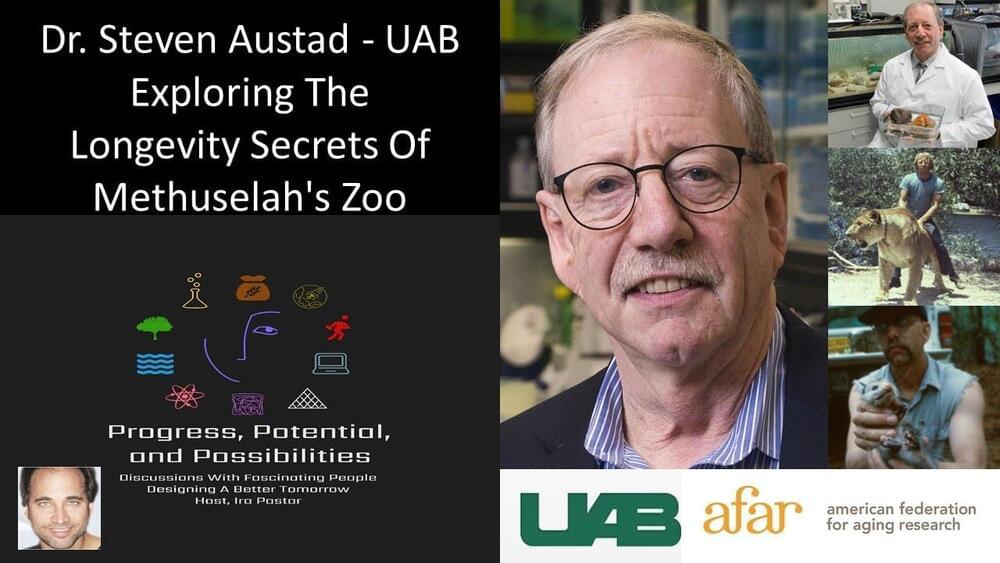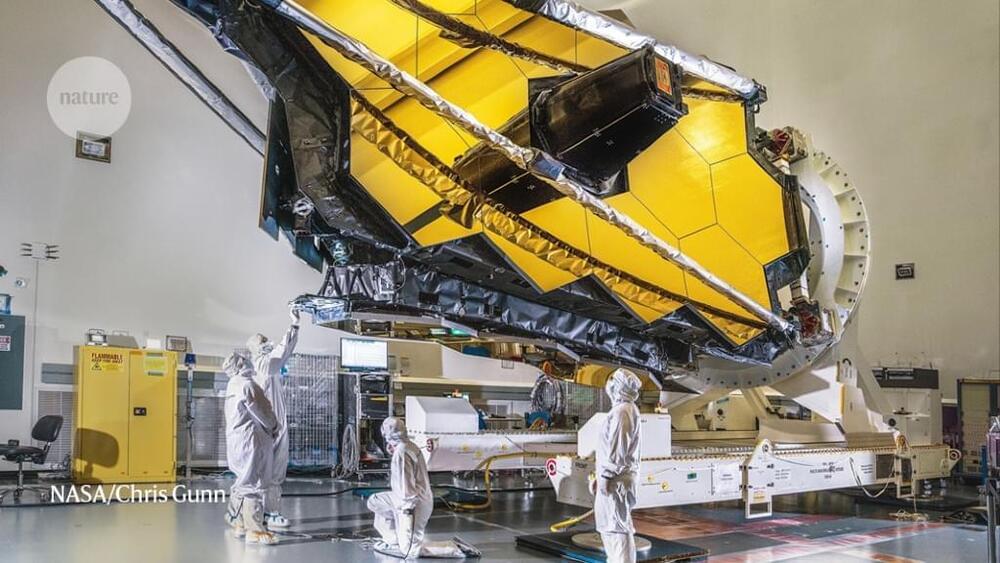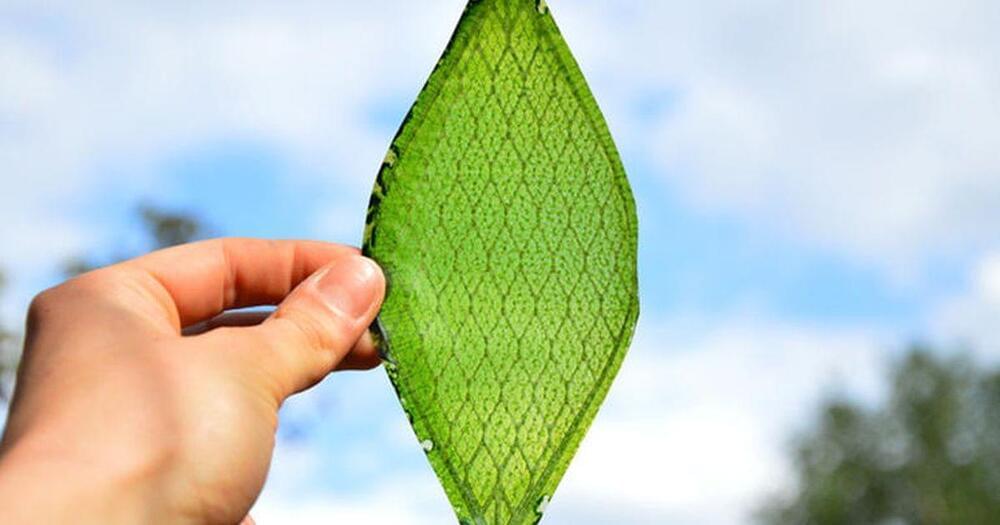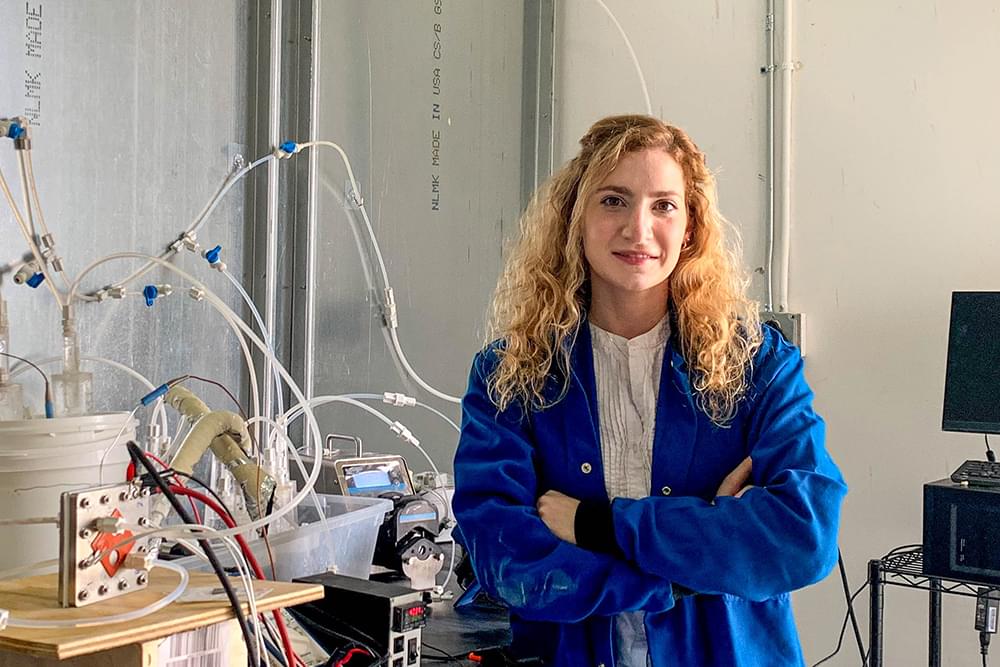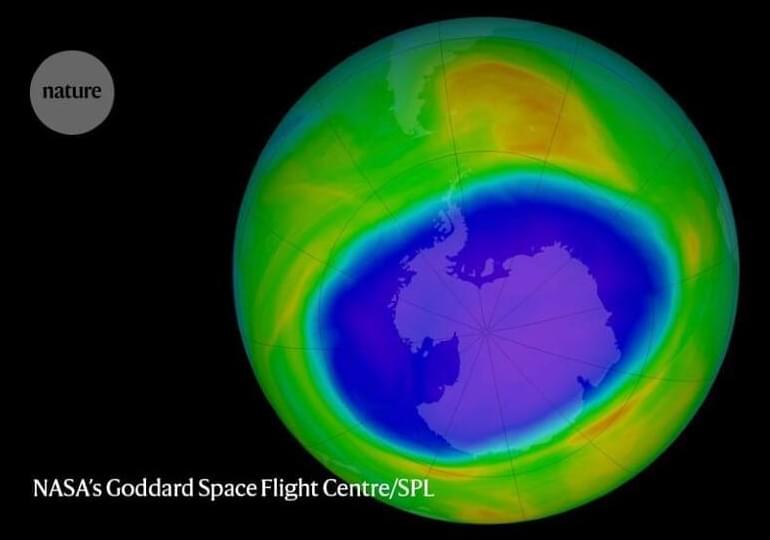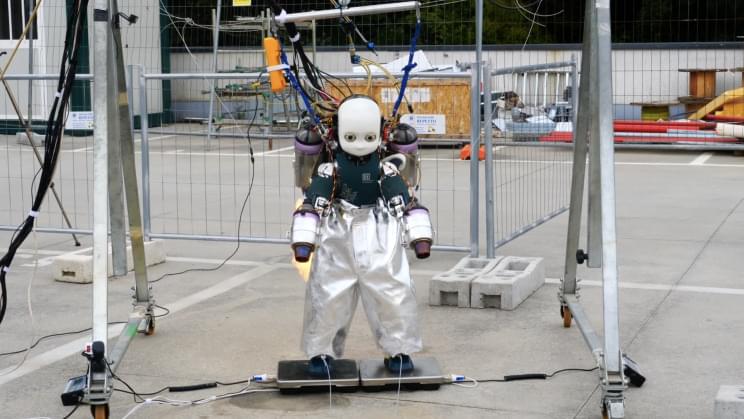Exploring The Longevity Secrets Of “Methuselah’s Zoo” For Healthy Human Aging — Dr. Steven Austad, University of Alabama at Birmingham.
Dr. Steven Austad (https://www.stevenaustad.com/) is Distinguished Professor and Protective Life Endowed Chair in Healthy Aging Research, Department of Biology, University of Alabama at Birmingham (UAB), and Scientific Director of the American Federation for Aging Research (https://www.uab.edu/cas/biology/people/faculty/steven-n-austad).
In addition, Dr. Austad directs the NIH-supported UAB Nathan Shock Center of Excellence in the Basic Biology of Aging, one of only six such Centers in the United States, is the Co-Director of the Nathan Shock Centers Coordinating Center, and serves on the Executive Committee of the National Institute on Aging’s Research Centers Collaborative Network.
Dr. Austad is a fellow of the American Association for the Advancement of Science, the Gerontological Society of America and has received multiple prestigious awards for his research work.
Dr. Austad’s current research seeks to understand the underlying causes of aging with a long-term goal of developing medical interventions that slow the age-related decay in human health.
